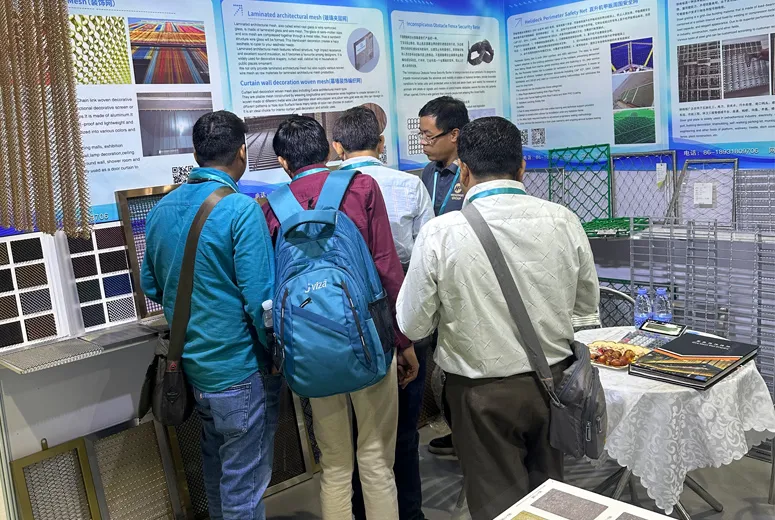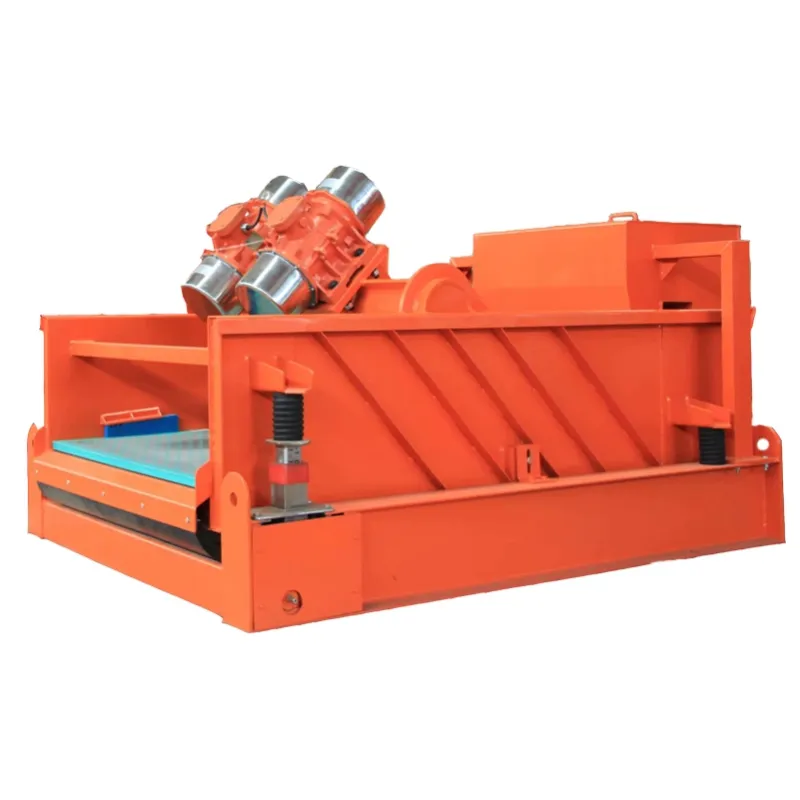- Industrial zone, South of Anping Town, Hengshui, Hebei, China.
- sales@hfpetromesh.com
- +86-18931809706
 Afrikaans
Afrikaans  Albanian
Albanian  Amharic
Amharic  Arabic
Arabic  Armenian
Armenian  Azerbaijani
Azerbaijani  Basque
Basque  Belarusian
Belarusian  Bengali
Bengali  Bosnian
Bosnian  Bulgarian
Bulgarian  Catalan
Catalan  Cebuano
Cebuano  Corsican
Corsican  Croatian
Croatian  Czech
Czech  Danish
Danish  Dutch
Dutch  English
English  Esperanto
Esperanto  Estonian
Estonian  Finnish
Finnish  French
French  Frisian
Frisian  Galician
Galician  Georgian
Georgian  German
German  Greek
Greek  Gujarati
Gujarati  Haitian Creole
Haitian Creole  hausa
hausa  hawaiian
hawaiian  Hebrew
Hebrew  Hindi
Hindi  Miao
Miao  Hungarian
Hungarian  Icelandic
Icelandic  igbo
igbo  Indonesian
Indonesian  irish
irish  Italian
Italian  Japanese
Japanese  Javanese
Javanese  Kannada
Kannada  kazakh
kazakh  Khmer
Khmer  Rwandese
Rwandese  Korean
Korean  Kurdish
Kurdish  Kyrgyz
Kyrgyz  Lao
Lao  Latin
Latin  Latvian
Latvian  Lithuanian
Lithuanian  Luxembourgish
Luxembourgish  Macedonian
Macedonian  Malgashi
Malgashi  Malay
Malay  Malayalam
Malayalam  Maltese
Maltese  Maori
Maori  Marathi
Marathi  Mongolian
Mongolian  Myanmar
Myanmar  Nepali
Nepali  Norwegian
Norwegian  Norwegian
Norwegian  Occitan
Occitan  Pashto
Pashto  Persian
Persian  Polish
Polish  Portuguese
Portuguese  Punjabi
Punjabi  Romanian
Romanian  Russian
Russian  Samoan
Samoan  Scottish Gaelic
Scottish Gaelic  Serbian
Serbian  Sesotho
Sesotho  Shona
Shona  Sindhi
Sindhi  Sinhala
Sinhala  Slovak
Slovak  Slovenian
Slovenian  Somali
Somali  Spanish
Spanish  Sundanese
Sundanese  Swahili
Swahili  Swedish
Swedish  Tagalog
Tagalog  Tajik
Tajik  Tamil
Tamil  Tatar
Tatar  Telugu
Telugu  Thai
Thai  Turkish
Turkish  Turkmen
Turkmen  Ukrainian
Ukrainian  Urdu
Urdu  Uighur
Uighur  Uzbek
Uzbek  Vietnamese
Vietnamese  Welsh
Welsh  Bantu
Bantu  Yiddish
Yiddish  Yoruba
Yoruba  Zulu
Zulu
- Afrikaans
- Albanian
- Amharic
- Arabic
- Armenian
- Azerbaijani
- Basque
- Belarusian
- Bengali
- Bosnian
- Bulgarian
- Catalan
- Cebuano
- Corsican
- Croatian
- Czech
- Danish
- Dutch
- English
- Esperanto
- Estonian
- Finnish
- French
- Frisian
- Galician
- Georgian
- German
- Greek
- Gujarati
- Haitian Creole
- hausa
- hawaiian
- Hebrew
- Hindi
- Miao
- Hungarian
- Icelandic
- igbo
- Indonesian
- irish
- Italian
- Japanese
- Javanese
- Kannada
- kazakh
- Khmer
- Rwandese
- Korean
- Kurdish
- Kyrgyz
- Lao
- Latin
- Latvian
- Lithuanian
- Luxembourgish
- Macedonian
- Malgashi
- Malay
- Malayalam
- Maltese
- Maori
- Marathi
- Mongolian
- Myanmar
- Nepali
- Norwegian
- Norwegian
- Occitan
- Pashto
- Persian
- Polish
- Portuguese
- Punjabi
- Romanian
- Russian
- Samoan
- Scottish Gaelic
- Serbian
- Sesotho
- Shona
- Sindhi
- Sinhala
- Slovak
- Slovenian
- Somali
- Spanish
- Sundanese
- Swahili
- Swedish
- Tagalog
- Tajik
- Tamil
- Tatar
- Telugu
- Thai
- Turkish
- Turkmen
- Ukrainian
- Urdu
- Uighur
- Uzbek
- Vietnamese
- Welsh
- Bantu
- Yiddish
- Yoruba
- Zulu
Steel Grating Specifications Durable & High-Strength Design
- Introduction to Steel Grating Specifications
- Material Comparison: Steel vs. Aluminum Grating
- Technical Advantages and Performance Metrics
- Manufacturer Comparison Table
- Custom Engineering Solutions
- Practical Application Case Studies
- Final Selection Guidelines

(steel grating specifications)
Understanding Steel Grating Specifications for Industrial Applications
Steel grating specifications govern critical parameters determining structural integrity and functionality. Load-bearing capacity remains the paramount consideration, with standard industrial grating designed to withstand concentrated loads up to 5,000 pounds. Bar spacing, typically ranging from 1/4" to 6" clear openings, directly impacts slip resistance and debris passage. Standard thickness spans 1/4" to 3/4" for bearing bars, while panel dimensions commonly reach 8'×24'. Surface treatments like hot-dip galvanizing provide corrosion resistance with 85μm zinc coatings. Industry standards like NAAMM MBG-531 establish uniform testing protocols for deflection tolerance – certified grating must maintain deflection below 1/200th of the span under load.
Material Selection Criteria
Carbon steel grating dominates 70% of industrial applications due to its exceptional tensile strength (minimum 65,000 psi yield strength) and cost-efficiency in non-corrosive environments. Aluminum grating specifications differ significantly, with alloy 6061-T6 providing superior corrosion resistance at approximately one-third the weight of steel. However, aluminum exhibits only 40% of steel's load-bearing capacity and cannot withstand temperatures above 300°F. Polymer-coated steel grating combines structural integrity with enhanced chemical resistance through 20-40 mil PVC or polyester coatings, extending service life in chemical plants by 15-20 years. Cost analysis reveals carbon steel grating averages $20-$40 per square foot installed versus $45-$75 for aluminum alternatives.
Engineering Performance Analysis
Industrial steel grating demonstrates structural advantages beyond basic specifications. Fatigue resistance testing shows carbon steel withstands over 10 million load cycles at 60% yield strength without failure. Slip resistance metrics quantify safety performance: serrated surfaces increase coefficient of friction to 0.85 versus 0.53 for smooth surfaces during wet conditions. Thermal expansion characteristics prove critical – carbon steel grating expands 0.0000065in/in/°F versus aluminum's 0.000013in/in/°F. Ventilation efficiency measurements reveal optimal open area percentages: 56% for 1-1/2"×3/16" grating versus 70% for 2"×3/16" configurations. Fire resistance testing confirms structural integrity maintenance at 1,000°F for 90 minutes, certified to ASTM E119 standards.
| Manufacturer | Load Capacity (psf) | Corrosion Protection | Standard Panel Size | Lead Time | Cost Index |
|---|---|---|---|---|---|
| Nucor Grating | 5,500 | HDG 85μm | 8'×24' | 3 weeks | 1.00 |
| Ohio Gratings | 5,200 | HDG 100μm | 10'×20' | 2 weeks | 1.15 |
| Fibre-Metal | 4,800 | PVC Coated | 8'×20' | 4 weeks | 1.35 |
Customization Parameters
Custom grating solutions account for 30% of industrial procurement orders with specific dimensional requirements. Engineering teams utilize parametric modeling software to create non-standard shapes including trapezoids, triangles, and curved configurations maintaining load capacity. Surface modifications include grit-embedded epoxy coatings for chemical resistance exceeding standard galvanization by 400%. Structural integrations feature weld-prepped edges and clip channels for modular assembly. For specialized environments, 316 stainless steel grating provides chloride resistance at premium costs (3× carbon steel). Cutting tolerances of ±1/8" ensure precise fitment in retrofits and complex structures.
Industry Implementation Data
Refinery installations demonstrate grating durability with 18-year service cycles in corrosive environments when specified with 100μm hot-dip galvanization. Power plant applications utilize 11-gauge serrated grating achieving slip-fall reduction rates of 72% compared to smooth surfaces. Wastewater treatment facilities report 30% maintenance reduction using heavy-duty 2"×3/8" grating configurations. Offshore platforms mandate customized 16mm thick grating with wind loading resistance to 145mph. Bridge decking installations show 50-year lifespans using galvanized steel grating when coated with epoxy resin systems during installation.
Steel Grating Specifications Selection Framework
Optimal grating specification requires cross-functional analysis of technical parameters. Load calculation methodology incorporates both uniform (ASCE 7-16 standards) and concentrated (AASHTO HS-25) load scenarios plus dynamic factors. Material selection matrices evaluate pH exposure, chloride presence, temperature extremes and slip probability. Whole-life cost analysis compares initial investment against maintenance cycles – galvanized steel grating shows 35% lower lifetime costs than painted alternatives in industrial settings. Validation protocols require mill test reports confirming chemical composition and yield strength certificates. Final approval necessitates verification of weld-point integrity and coating thickness measurements.

(steel grating specifications)
FAQS on steel grating specifications
Q: What are standard steel grating specifications for industrial use?
A: Standard steel grating specifications include bar spacing, panel dimensions, and load capacity ratings like ANSI A12.1. These ensure safety for walkways and platforms under heavy use. Materials typically involve carbon or galvanized steel with protective coatings.
Q: How do aluminum grating specifications compare to steel versions?
A: Aluminum grating specifications prioritize lightweight designs and corrosion resistance, such as using 6061-T6 alloy. They differ in non-magnetic properties and lower load capacities than steel. Applications often include marine or corrosive environments due to its rust-proof nature.
Q: What materials are common in steel grating manufacturing?
A: Common steel grating materials include carbon steel, stainless steel, and galvanized steel for enhanced strength and corrosion resistance. These materials are selected based on environmental factors and load requirements. Galvanization adds zinc coating to protect against rust in outdoor settings.
Q: Why are precise specifications crucial for steel grating safety?
A: Precise steel grating specifications, like bar height and spacing, prevent accidents by ensuring structural integrity under load. They adhere to OSHA or ANSI standards to handle foot traffic or equipment weight. Failure to comply risks collapses and safety violations in high-risk areas.
Q: What load factors define aluminum grating specifications?
A: Aluminum grating specifications define loads based on panel thickness, bearing bar size, and span distances. Common ratings include live and dead loads for light-industrial applications. This ensures durability while maintaining the material's advantage of being lighter than steel alternatives.
-
Why Our Shaker Screen for Sale Stands Out in Every ApplicationNewsAug.08,2025
-
Unmatched Efficiency with Premium Shale Shaker Screen TechnologyNewsAug.08,2025
-
Reliable, Durable, and Cost-Effective: Press Locked Steel Grating SolutionsNewsAug.08,2025
-
Precision Strength with Welded Steel Bar GratingNewsAug.08,2025
-
Perimeter Safety Netting: The High-Strength Shield for Elevated Safety SolutionsNewsAug.08,2025
-
Maximize Performance with Steel Walkway GratingNewsAug.08,2025